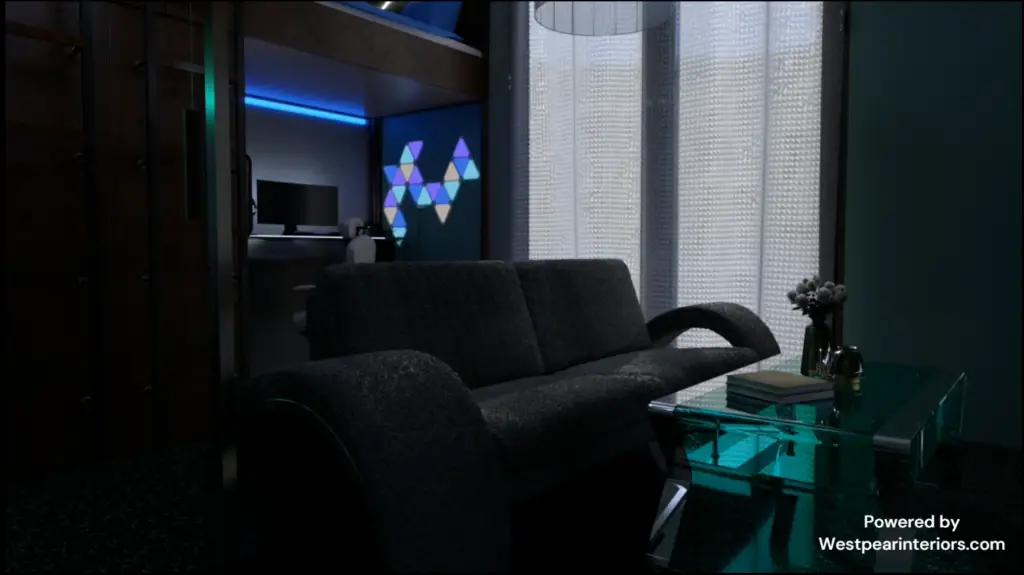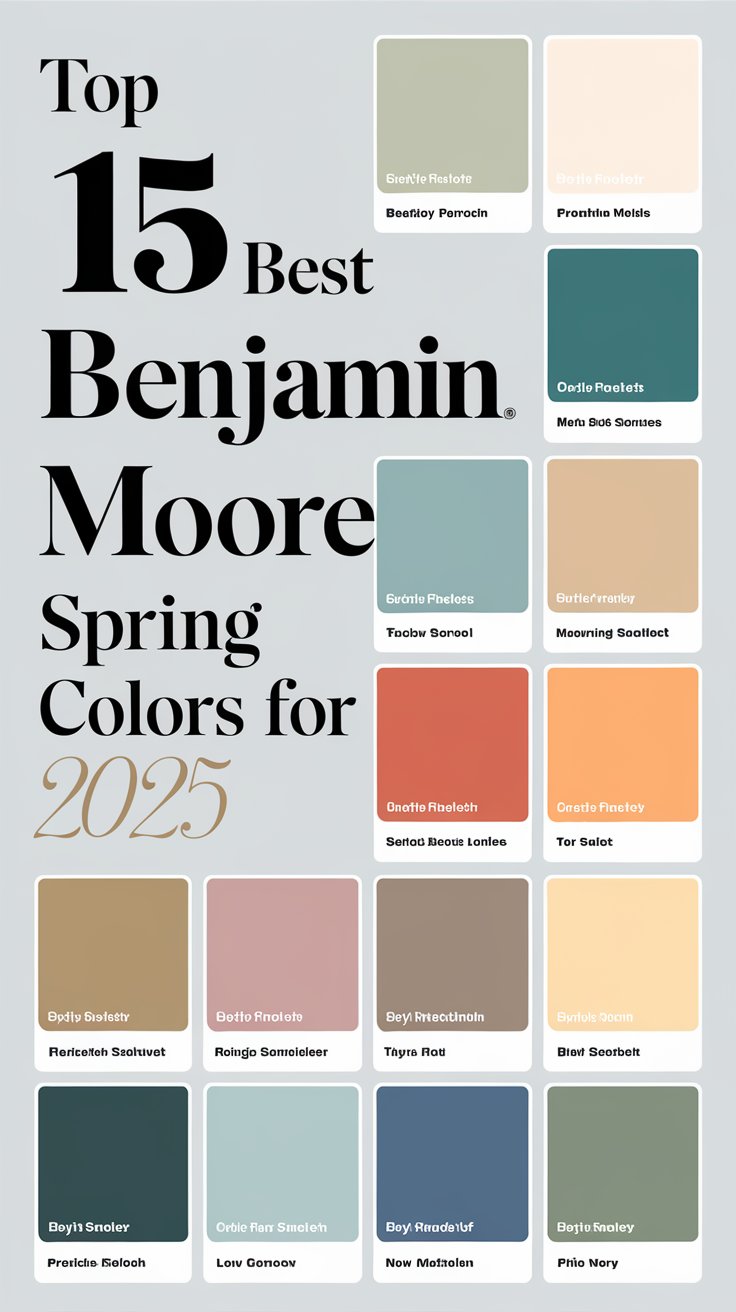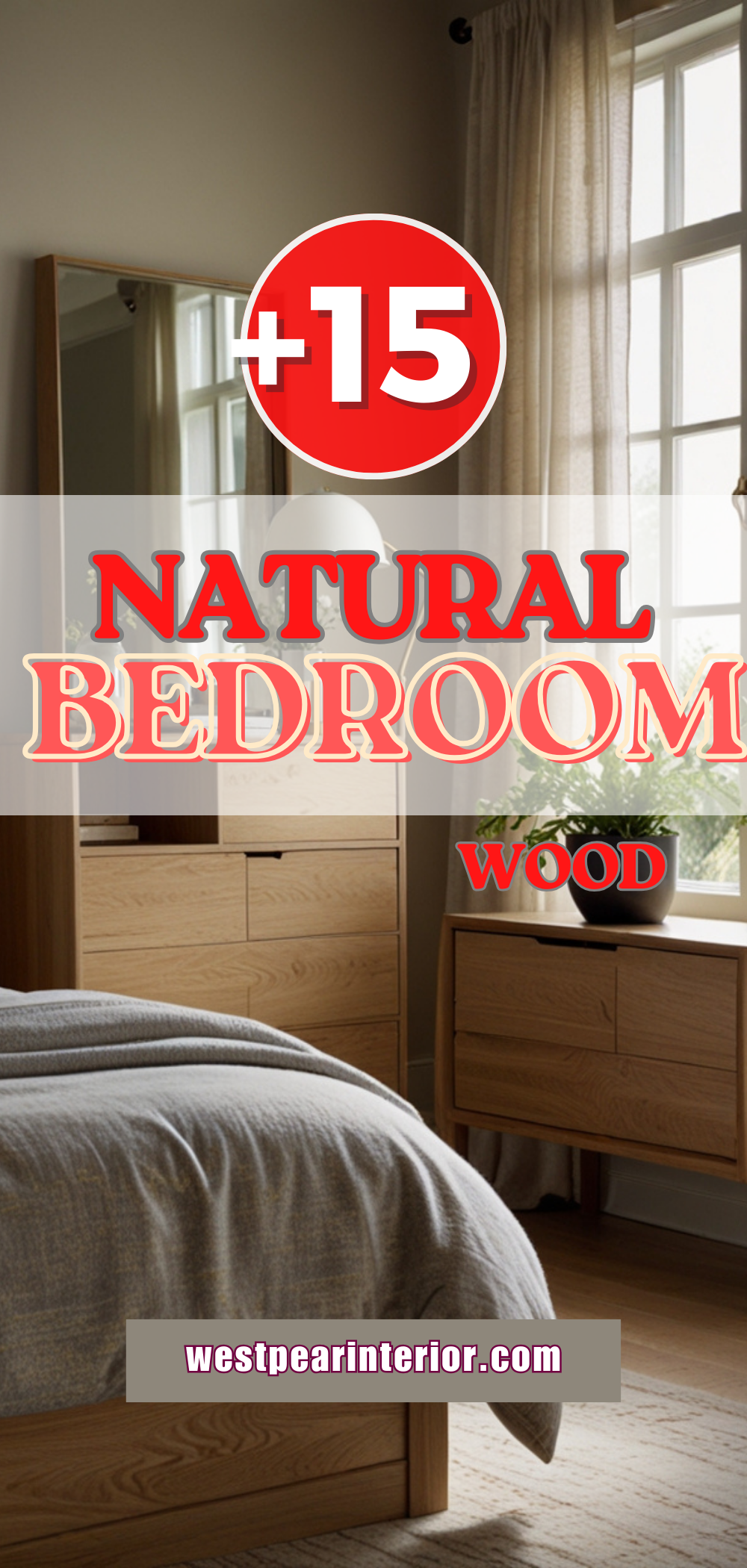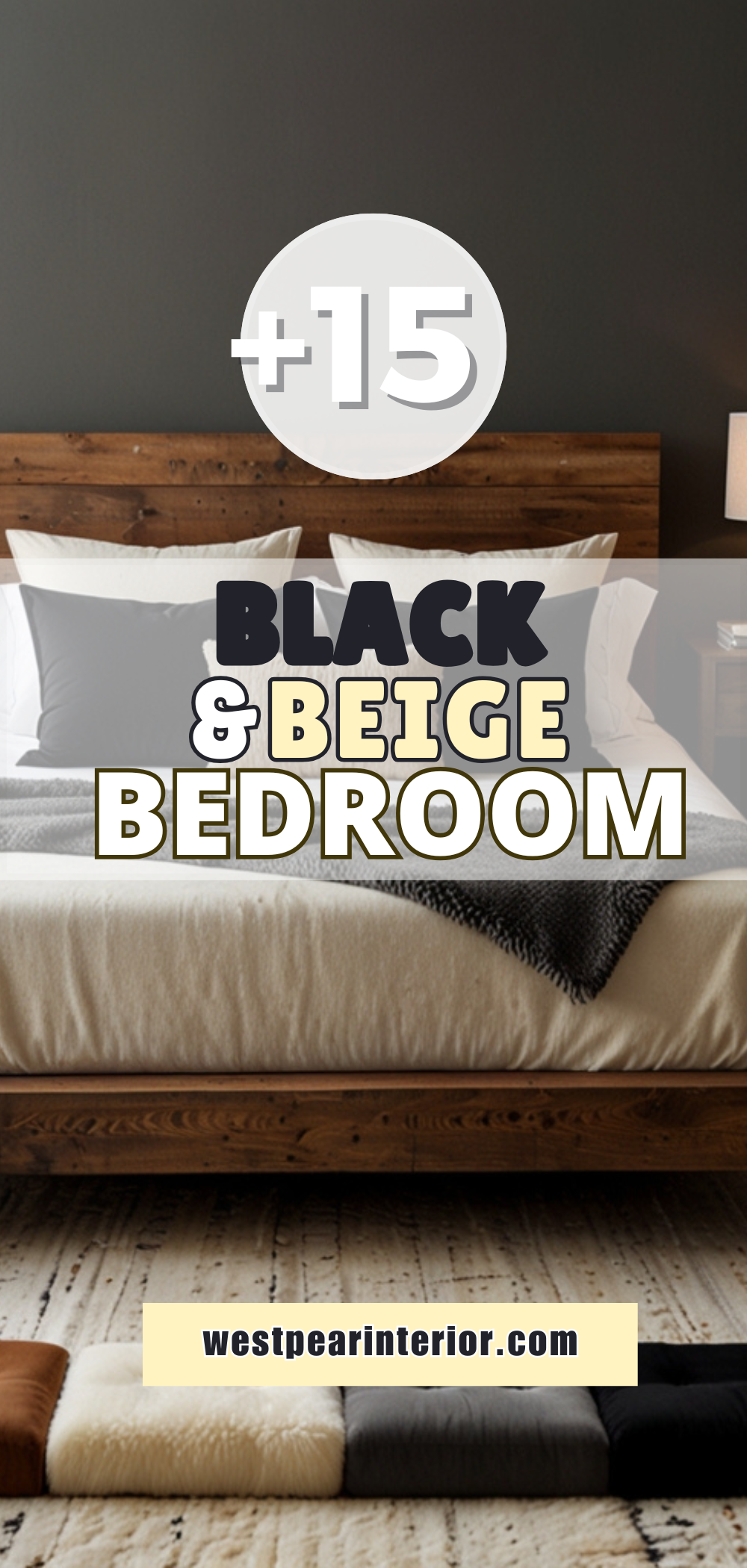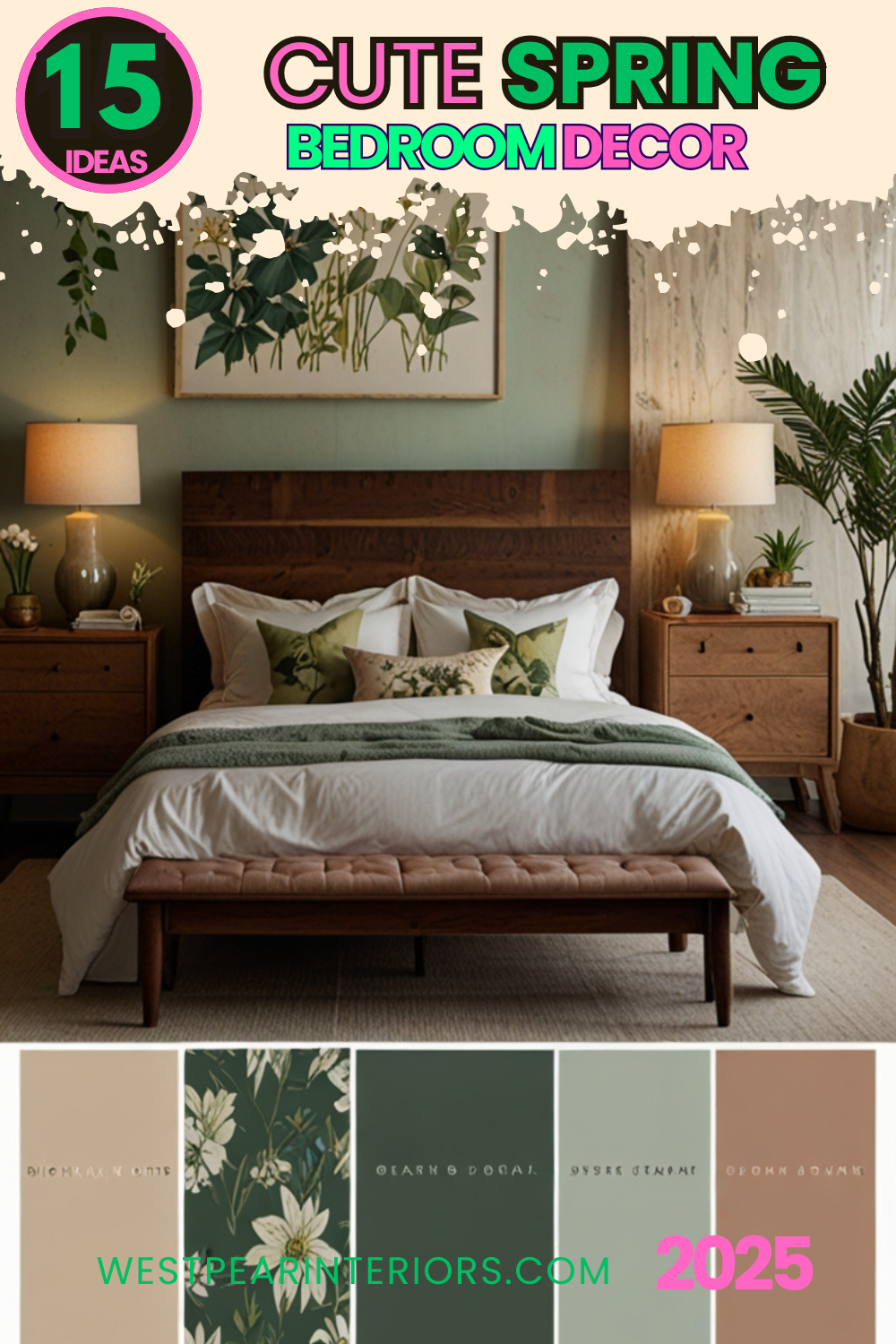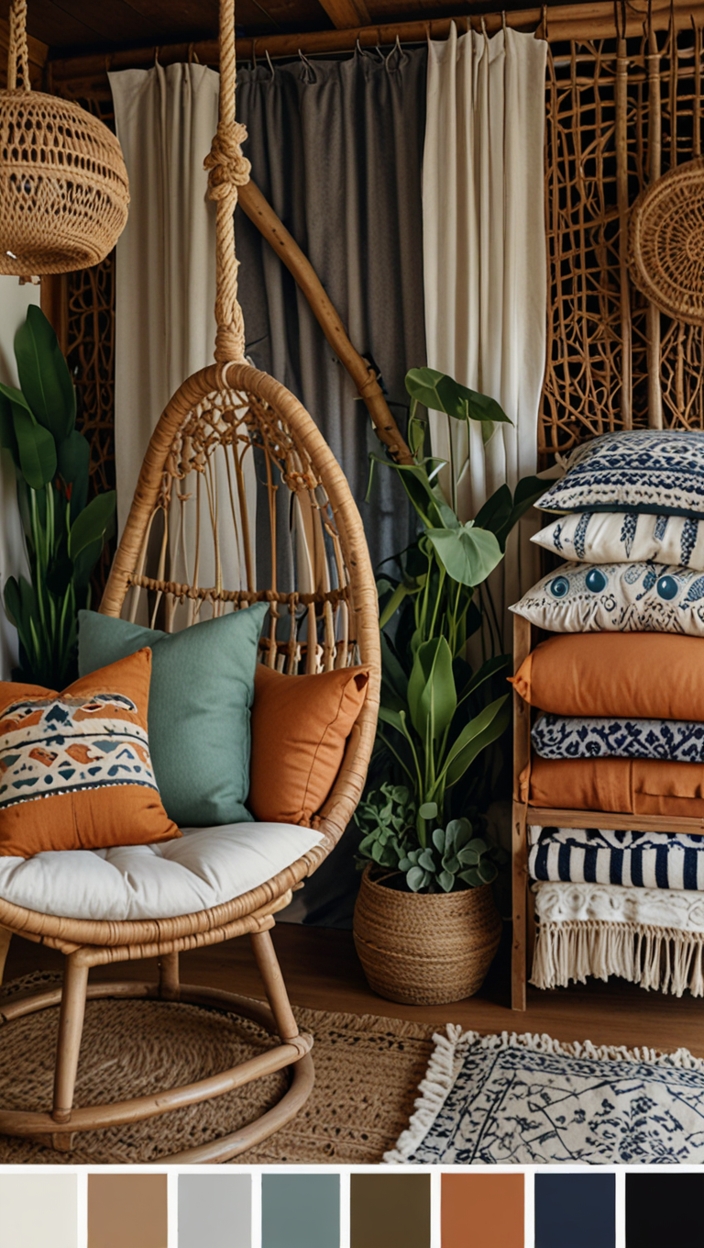In 2024, the trends in interior design for kids’ rooms have shifted towards a blend of modern aesthetics and functional appeal. Among the various color schemes available, light blue and gray paints stand out as excellent choices for creating a contemporary yet soothing environment for children. Let’s delve into the reasons why these colors are recommended and explore tips for incorporating them effectively.
Reasons for Recommending Light Blue and Gray Paint:
- Calming Effect: Light blue has long been associated with tranquility and serenity. In a kid’s room, this color can evoke a sense of calmness, which is especially beneficial during bedtime or study sessions.
- Versatility: Gray is a neutral color that pairs effortlessly with various hues, including light blue. It serves as an excellent backdrop, allowing other elements in the room, such as furniture and décor, to stand out while maintaining a cohesive look.
- Timelessness: Both light blue and gray are timeless colors that transcend trends. By opting for these hues, you ensure that the room remains relevant and stylish for years to come, reducing the need for frequent redecoration.
- Gender-Neutral Appeal: In today’s progressive society, gender-neutral spaces are increasingly preferred. Light blue and gray are inherently gender-neutral, making them suitable for children of any gender.
- Stimulating Creativity: Light blue is often associated with imagination and creativity, making it an ideal choice for stimulating young minds. When paired with gray, it creates a balanced environment conducive to both relaxation and inspiration.
Tips for Matching Colors:
- Accessorize Wisely: Introduce accents in complementary colors, such as white, yellow, or blush pink, to add visual interest without overwhelming the space.
- Consider Textures: Incorporate different textures, such as plush rugs, knit blankets, or wooden furniture, to add depth and warmth to the room while enhancing the chosen color palette.
- Balance Warm and Cool Tones: To prevent the room from feeling too cold or sterile, strike a balance between warm and cool tones. For instance, pair light blue walls with warm wood furnishings or cozy textiles in neutral shades.
- Experiment with Patterns: Introduce patterns like stripes, polka dots, or geometric shapes in coordinating colors to inject personality into the room while maintaining a cohesive look.
- Layer Lighting: Optimize lighting by layering different sources, including overhead fixtures, task lighting, and decorative lamps. Warm lighting can offset the cool tones of light blue and gray, creating a welcoming ambiance.
Hue Matching:
- Soft Pink: Soft pink accents, such as throw pillows or wall art, complement the cool tones of light blue and gray while adding a touch of warmth and femininity.
- Sunny Yellow: Incorporating pops of sunny yellow infuses the room with energy and optimism, creating a cheerful atmosphere that balances the serene backdrop of light blue and gray.
- Mint Green: Mint green accents introduce a refreshing and youthful vibe to the room, enhancing the calming effect of light blue while harmonizing with the neutral backdrop of gray.
- Lavender: Soft lavender accents lend a subtle yet sophisticated touch to the space, adding depth and visual interest without overpowering the soothing ambiance created by light blue and gray.
- Coral: Vibrant coral accents injects warmth and vibrancy into the room, creating a lively contrast against the cool tones of light blue and gray while adding a playful twist to the decor.
Alternative Colors from Sherwin Williams and Benjamin Moore:
- Sherwin Williams – “Sea Salt” (SW 6204): This soft, muted green-blue shade pairs beautifully with gray, creating a serene and sophisticated atmosphere reminiscent of coastal landscapes.
- Sherwin Williams – “Repose Gray” (SW 7015): A versatile greige (gray-beige) hue that complements light blue perfectly, offering a subtle yet sophisticated backdrop for any style of decor.
- Benjamin Moore – “Silver Satin” (OC-26): A light, airy gray with subtle blue undertones that pairs effortlessly with light blue, creating a timeless and elegant ambiance ideal for a modern kids’ room.
- Benjamin Moore – “Healing Aloe” (1562): A soft, soothing green-gray hue that harmonizes beautifully with light blue, evoking a sense of tranquility and relaxation reminiscent of nature.
- Benjamin Moore – “Pale Oak” (OC-20): A warm, neutral greige that complements light blue with its subtle undertones, creating a welcoming and versatile backdrop for any style of decor.
Other Rooms to Use Color:
Nursery:
Create a serene and welcoming nursery by pairing light blue walls with gray accents. Soft textures, such as plush rugs and knit blankets, add coziness, while accents in pastel hues like soft pink or mint green add a playful touch.
Playroom:
Incorporate light blue and gray into a playroom to create a stimulating yet calming environment for children. Opt for durable and easy-to-clean furnishings in neutral tones, allowing the colors of toys and artwork to pop against the serene backdrop.
Study Area:
My Lovely Spring Paint for 2025
Ready for a Spring Makeover? Explore the Freshest 2025 Paint Trends!
White Sage/Green SW Pistachio green Soft blue Honeysweet/Orange Pink Sugar Sage Tint BMAs an Amazon Associate, I may earn a commission from qualifying purchases at no extra cost to you.
Design a conducive study area by painting the walls in light blue and accentuating them with gray furniture and accessories. Incorporate ample storage solutions to keep the space organized and clutter-free, fostering focus and productivity.
Conclusion:
Light blue and gray paints offer a winning combination for modern kids’ rooms in 2024, providing a calming yet stylish backdrop that promotes relaxation and creativity. By following the tips for color matching and exploring alternative hues, you can create a harmonious and timeless space that grows with your child’s evolving tastes and preferences. Whether it’s a nursery, playroom, or study area, these versatile colors set the stage for a functional and aesthetically pleasing environment that both children and parents will love.

